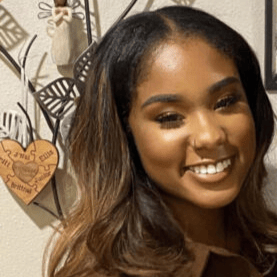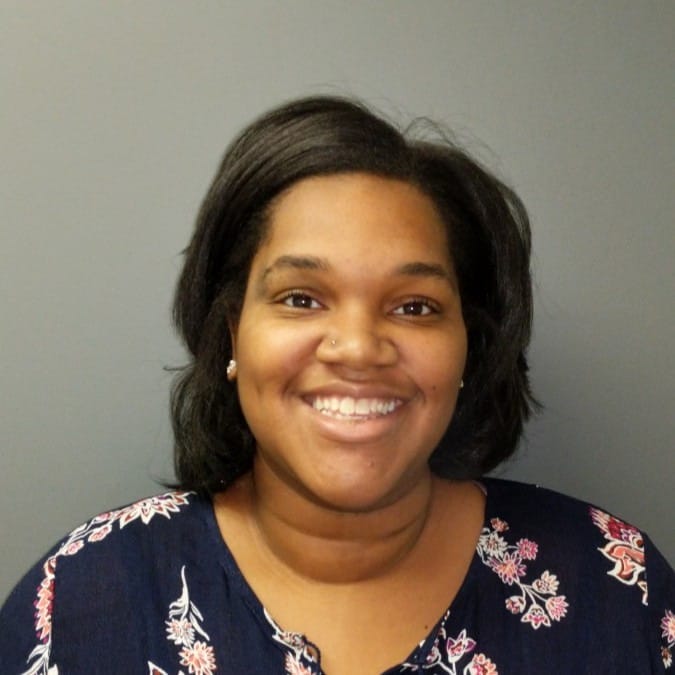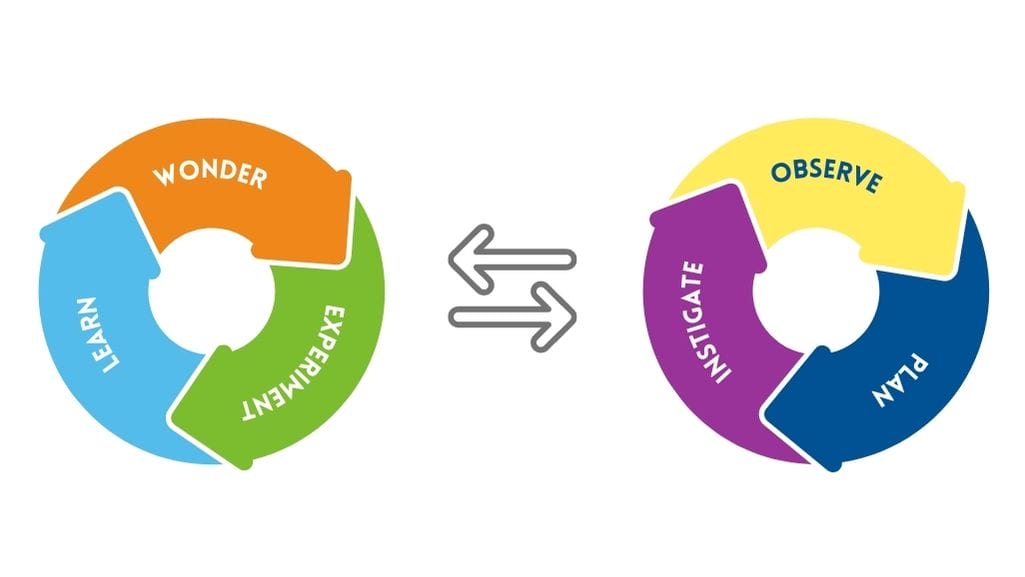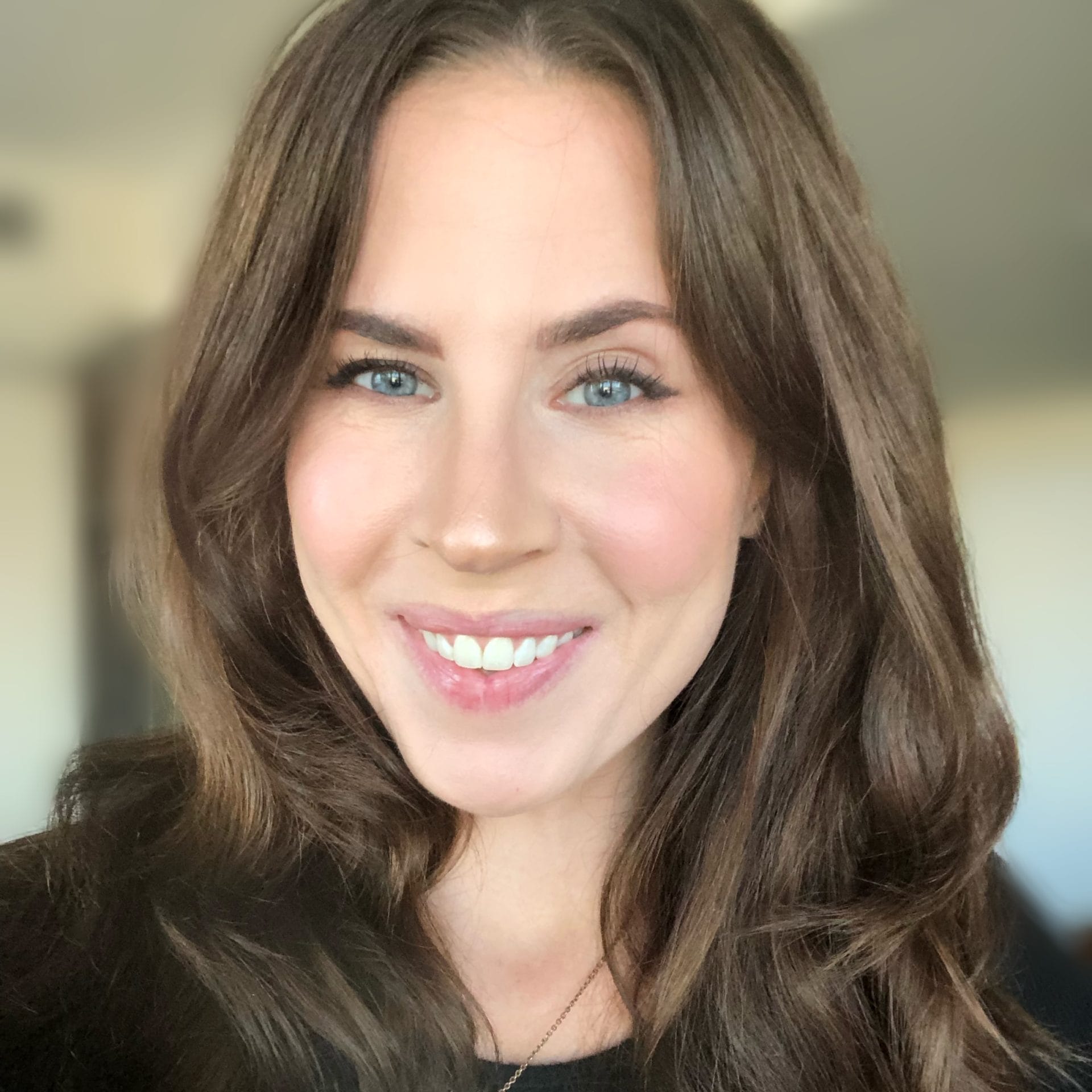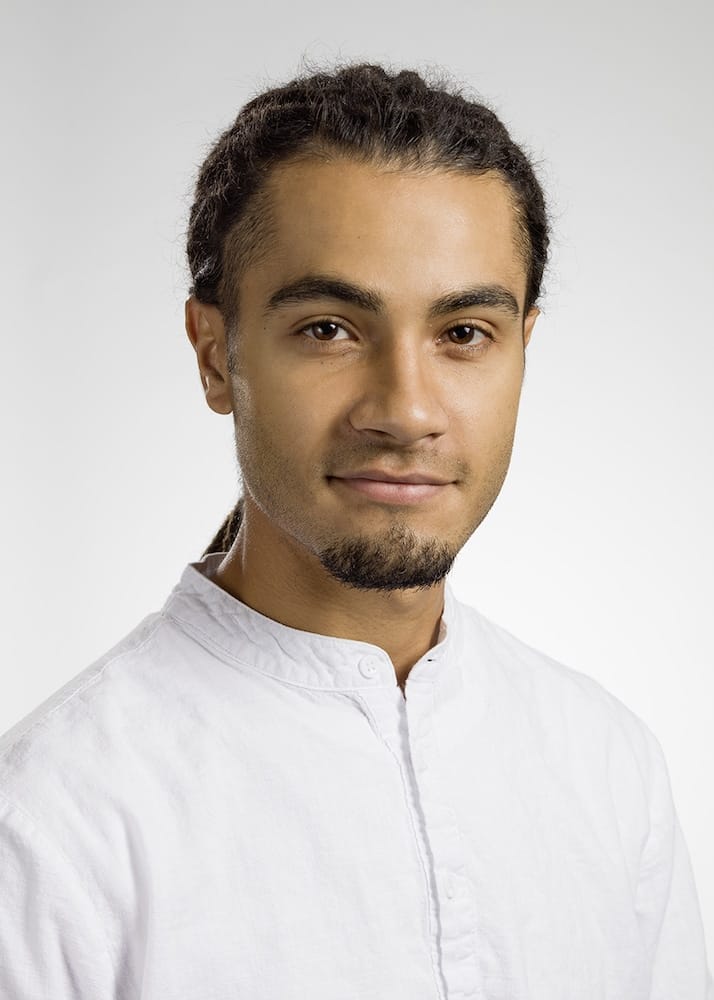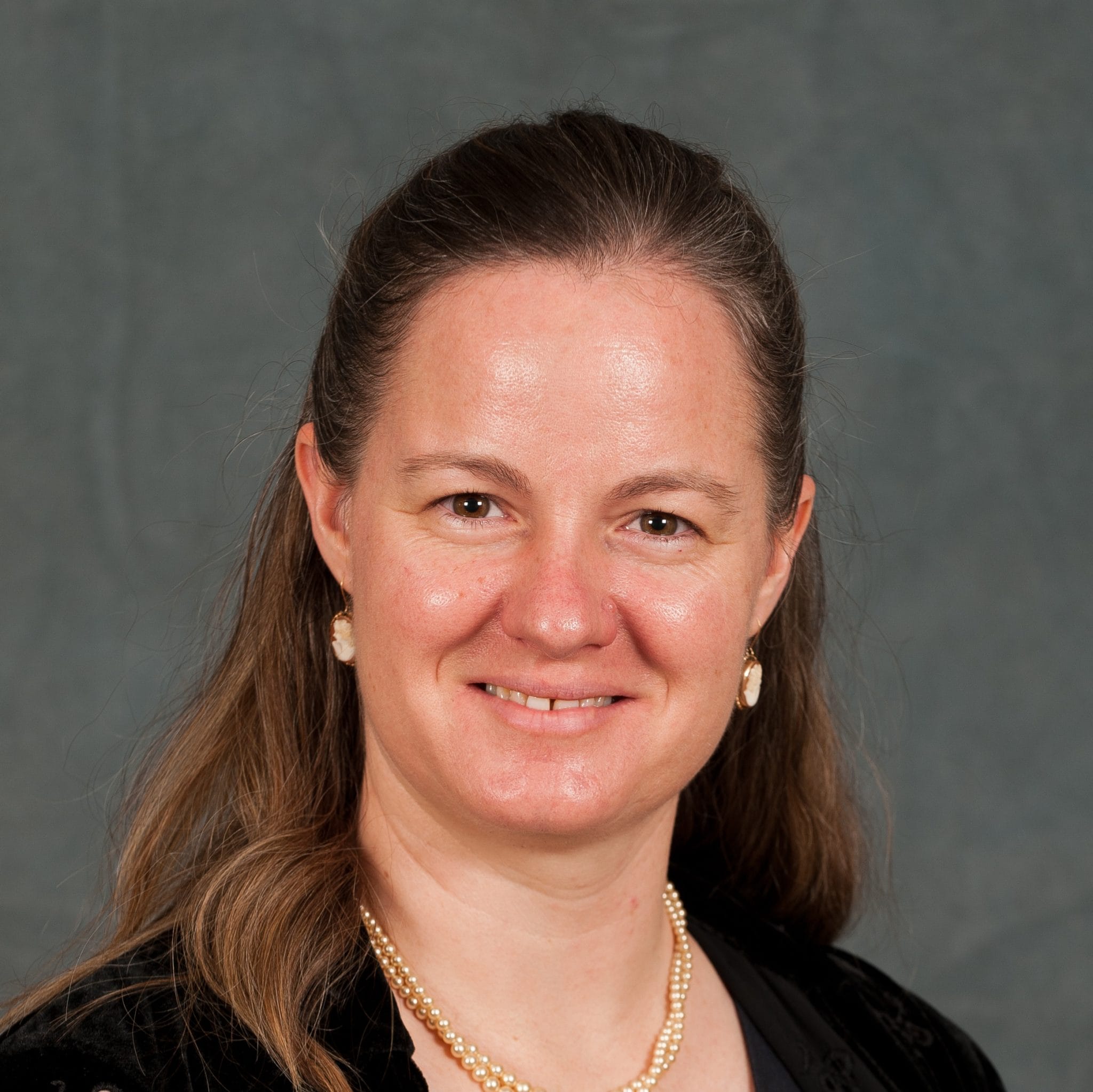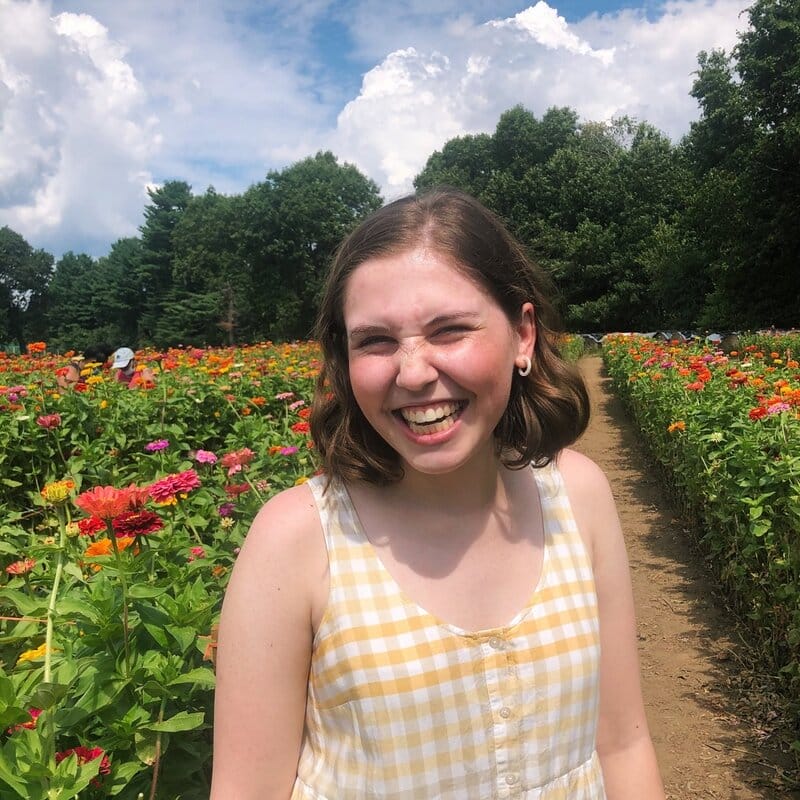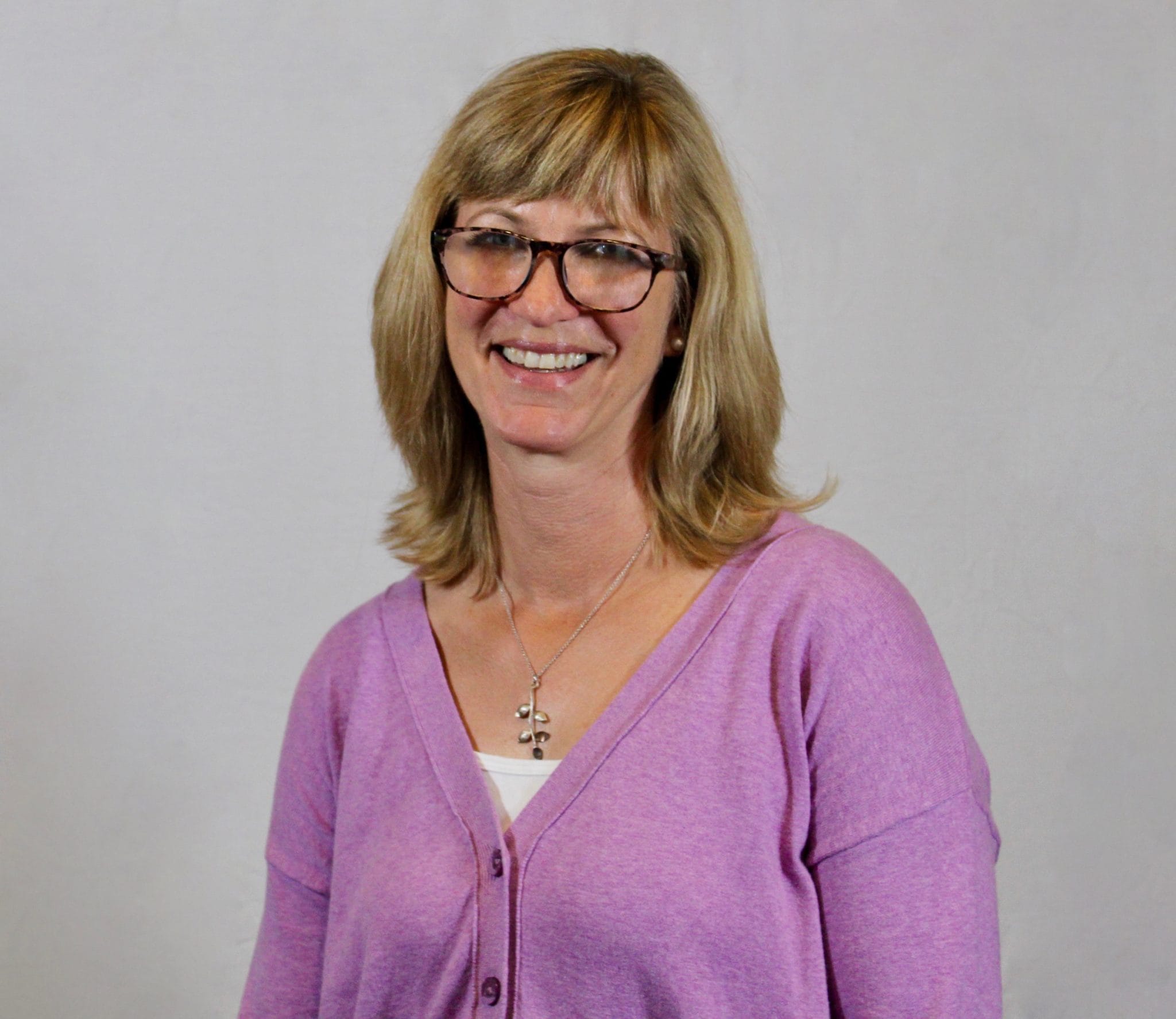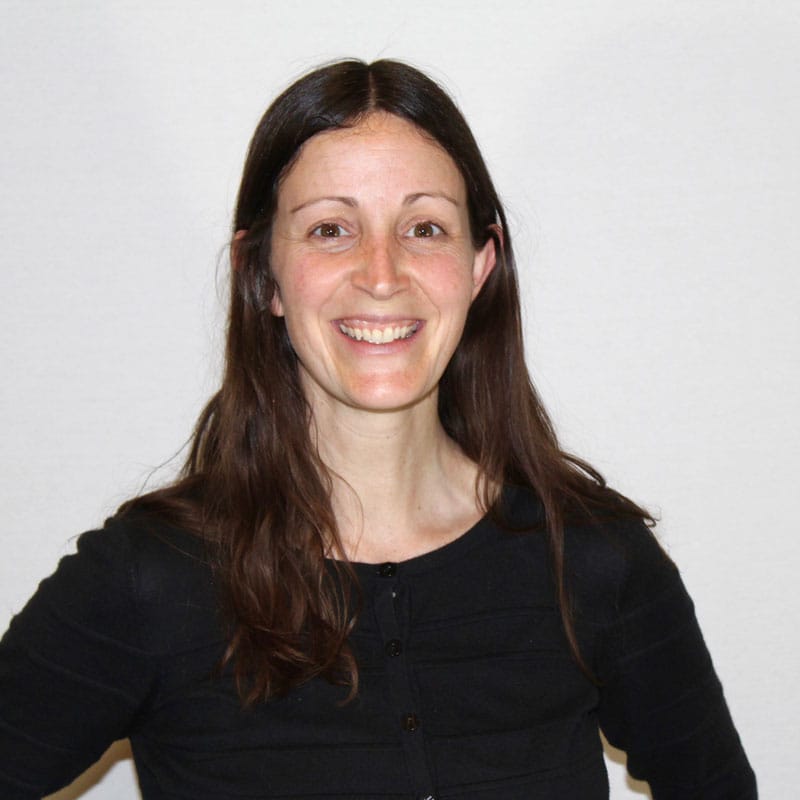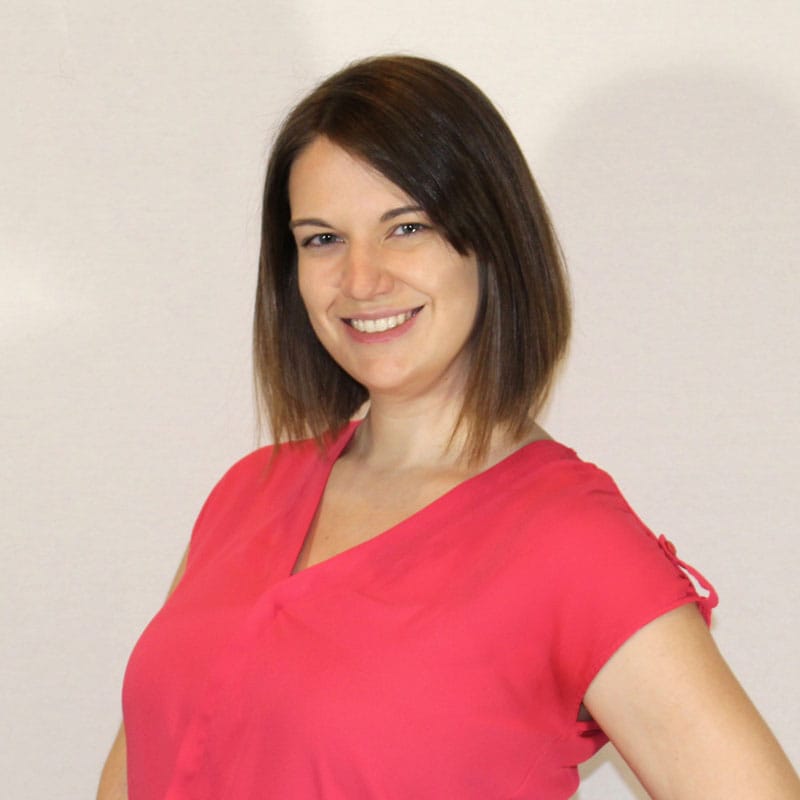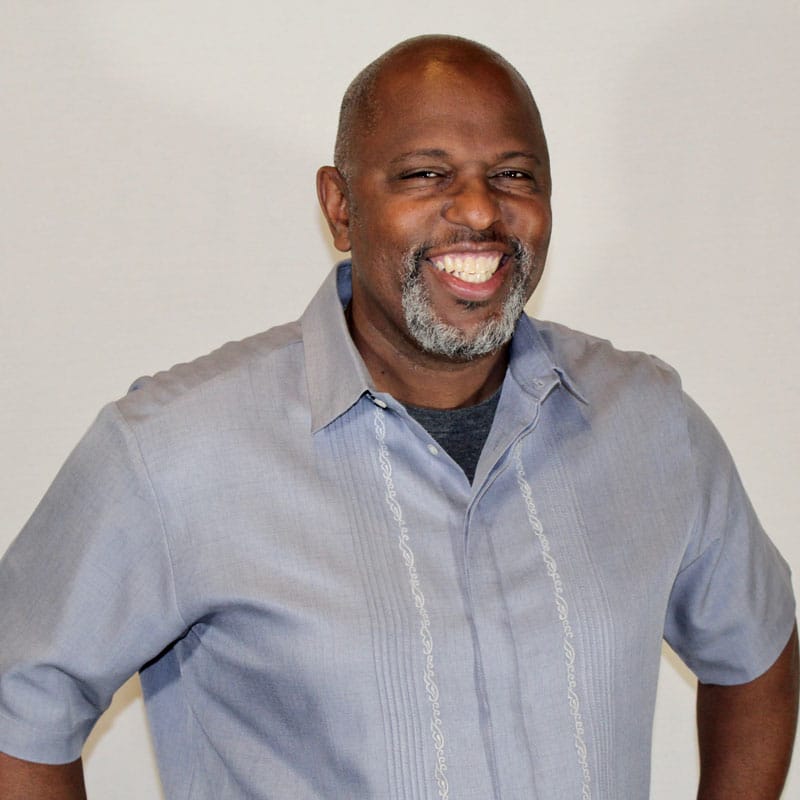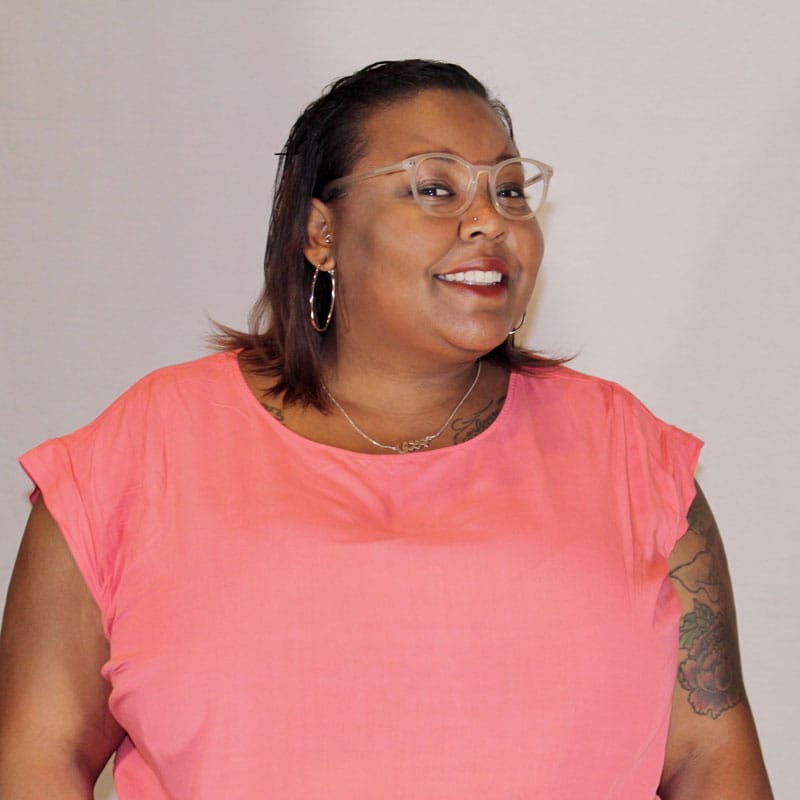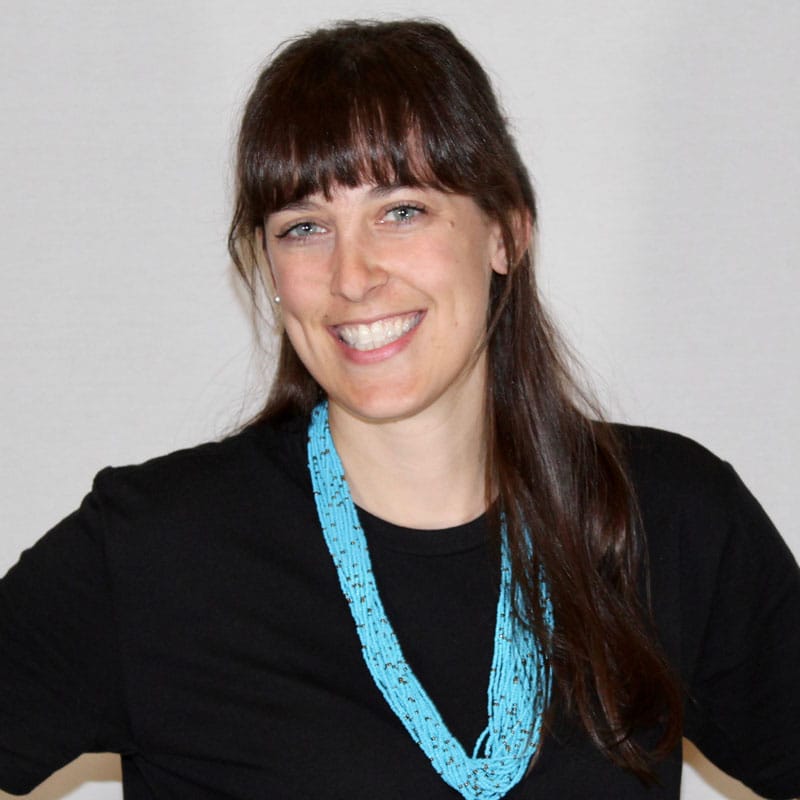October 20, 2015
(Photo credit: Center for Inspired Teaching)
This October, Inspired Teaching spoke with Ms. Margaret Ricks, an alum of the 2001 Inspired Teaching Institute and a founding teacher at The School within School at Goding, a DC Public School. The following is a condensed version of this conversation:
Inspired Teaching: What made you decide to become a teacher?
Ms. Ricks: I became a teacher because of my fifth grade teacher. Learning was really fun in her classroom. She found ways to engage us in activities that were interesting and really made us want to learn. I was so inspired by her that I knew right then that I wanted to be a teacher.
I went to school in the early 60’s, and there were a lot of strict systems and teachers who were harshly disciplining students. A lot of my teachers wanted to make every student the same, so when you did things outside the box, you became a problem to them. I was a student who talked a lot and wanted to participate, and while I was always on honor roll, some teachers frowned on me. They didn’t encourage me or try to extend or differentiate instruction for me. I wasn’t a behavior problem, but I was still a challenge.
So when I met my fifth grade teacher, Ms. Fawcett, it was such a wonderful change for me when she recognized my capabilities and challenged me. I’ve had great teachers since then, but she’s the one who really got the wheels turning and made me feel that I wanted to be just like her; I wanted to be a teacher who made children feel happy about coming to school and learning.
After that classroom in fifth grade, what was your journey to become a teacher?
When I graduated high school, I went to the DC Teachers College, which is now part of the University of the District of Columbia. I went there planning to become a math teacher, but that was a time when early childhood education and programs were just evolving in the District. I was really interested in them, so I decided to switch over and started taking courses in early childhood. I loved it because we had a lab school there, and I would volunteer and work with children, and I was able to really get a taste of what it’s like to work with young learners and be in a classroom.
After I graduated college, I taught in private schools first and then came into the DC Public Schools system where I’ve been teaching for 31 years now. I’ve been fortunate to work with some really innovative programs. I started out at Capitol Hill Cluster School, and our campus was a demonstration site for early childhood teachers. Because of what I was doing in my classroom, I was invited to be part of a cadre of teachers who were doing some additional professional development and adapting best practices for young children. That’s how I came across Center for Inspired Teaching (known then as Center for Artistry in Teaching).
I saw you were offering a summer program that sounded in line with what we were doing with our teachers, so my colleagues and I took the course and found a lot of compatible things. We were all focusing not only on making learning developmentally appropriate, but also making it fun, hands-on, and engaging for the students.
One strategy from the Inspired Teaching Institute that I still put in practice today is creating an emotion continuum that students can use to share their feelings. I have my kids draw and model the different feelings with their faces, and then we have those images up around the room. When students come in in the morning, they put a clothespin on the picture that shows how they’re feeling at the start of the day, and that lets me know where they are. If a child comes in saying she feels very mad or angry, then I know to talk to her and find out what’s going on, what happened before she came to school, and make sure that what happens at school for her during the day supports whatever it is she needs.
The Inspired Teaching Institute also taught us a lot of warm-up activities that I still put into place in the morning meetings that I do every day with my students. I also learned strategies for incorporating student ideas in instruction.
How would you describe your experience at the Inspired Teaching Institute?
I met a lot of teachers there who didn’t have the advantages my colleagues and I had; we had already explored different programs and systems and were reflecting on our own practice, but many other teachers hadn’t been through that process. So the Institute really helped them explore strategies for rethinking instruction and rigor in the classroom.
I come across this problem a lot when I work with teachers across DC. Many resist new ideas because they think that the children they work with can’t handle something new. Helping teachers to move beyond that mindset – from “I can’t help this child.” to “What can I do to make a difference for this child?” – was a big part of the Institute, and that left a big impression on me.
The way Inspired Teaching presented information to the teachers and engaged us in this type of thinking was a great experience. For my colleagues and me, it pushed us to rethink our plans and consider ways to organize and move forward. The experience refreshed me. It validated what my colleagues and I were doing, and it rejuvenated me and sent me back into the classroom in the fall with some new ideas.
You are one of the founding teachers at The School Within School at Goding. How did The School Within School begin?
Years ago, when the District still had a Superintendent and a lot of schools were under-enrolled, they allowed teachers to submit proposals for schools-within-schools that would increase enrollment in the buildings while offering parents alternative programs for their children. Three of my colleagues and I had been doing a lot of research about the Reggio Emilia approach, so we submitted a proposal to have a Reggio-inspired school program in DCPS. They allowed us to do it, and we took over the third floor of the Peabody building and had four classrooms with 80 students total – preK 4 and kindergarten.
Parents of our students really pushed the program to extend beyond kindergarten, and we listened to them and have grown tremendously. We moved into our current building four years ago. Right now, we’re serving students through fourth grade, and we’ll be expanding to fifth grade. All of our students come to us through the citywide lottery, but we do have a sibling preference. Recruitment and spreading the word about our school is primarily through word of mouth recommendations. We’re committed to sticking to our beliefs and making learning great for students while meeting any mandates, such as the Common Core State Standards.
As an educator, why is it important to you that students find Joy in their classroom experience?
Students spend a large part of their day with us at school, and we don’t want them turned off of the school experience at such a young age. DC has gone up and down with graduation rates, and there are constantly students out there losing interest in school and feeling like school isn’t for them. This is a feeling we don’t want our students to have. They need to gain lifelong skills that will support them as adults, so we need to make school an experience that’s worthwhile for them.
We also want our students to grow and be able to think outside the box, to recognize and handle challenges. They need to use their own ideas in academic activities. We want them to know that they can learn. We believe that all students can learn and that as educators, it’s our job to find a way to make that happen. Students should leave school feeling capable, confident, and able to act as committed citizens in our society.
Do you plan to stay in the classroom for the rest of your career?
Yes, I am. I’ve been asked to move up to the administrative level several times, but I’ve reflected on it, I’ve prayed on it, and I think that I make the biggest impact in young people’s lives in the classroom. I love being available to support my colleagues who are directly impacting students in their classrooms. I enjoy the collaboration time with our team and leading discussions where I can share my expertise and also learn from them. We also hold educator open houses that are open to teachers from across the city to share our practices. Although I enjoy working with other educators, I think I make the biggest impression with my students.
What major challenges do you see in education right now?
It really troubles me that kindergarten has been grouped with elementary and is becoming more of a watered down first grade. My colleagues and I fight constantly to keep kindergarten a part of our early childhood program. We find creative ways to incorporate core subjects such as math and literacy into our program, so students are gaining those skills, but in ways that are appropriate for their age and development.
You shouldn’t ask teachers to do things with students that those students aren’t ready for. Many kindergarten students don’t yet know their letters, but then their teachers are told these students should be reading at a certain level. If you don’t take the time to put foundational pieces in place, then those students will never move forward and develop. The drilling and drilling is not going to help because students don’t know how to use those skills.
Teachers should intentionally integrate core subjects into everything they do in the classroom. After formal instructional periods happen with my students, I always find different ways for them to practice those skills. For example, I ask students to plan for their play. If they’re going to build with blocks, I ask them to use writing tools and describe what they’re going to build first so that their writing is purposeful and practical. If they want to leave things they have constructed on display, which I encourage, then they take a moment to write a description of their creation, and their sign is posted with their work.
We should keep early childhood true to early childhood, and it troubles me when I talk to other teachers, and they tell me that they’re not allowed to have centers such as table toys, blocks, and dramatic play. Most often when I ask, “Do your children have a choice time?” they’ll say, “Yes, they can get a book and read or they can sit with a pencil and write.” And that’s what they call a choice. I’ll ask about using art material or playing with puzzles, and many teachers tell me their principal won’t let them have those materials because they believe those things are a waste of time. That bothers me deeply. It’s heartbreaking for those teachers and students.
Any last thoughts to share?
I would just say that I’m glad that Center for Inspired Teaching is in existence. I really wish there were more organizations like this one, and I encourage you to offer even more programs for educators. It’s great for teachers to have that opportunity, especially those looking for ways to make learning experiences for students not just rigorous, but great. Inspired Teaching can continue to help teachers who have their heart in teaching to stay in teaching – help these educators not get discouraged and give up, but know that there are people out there who can help them grow in their practice.
